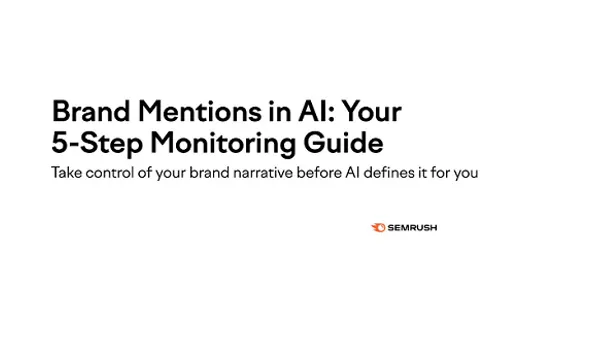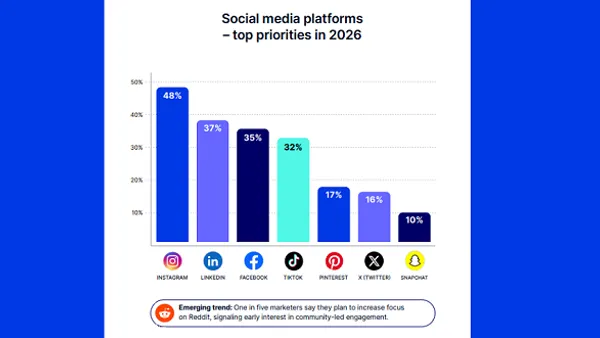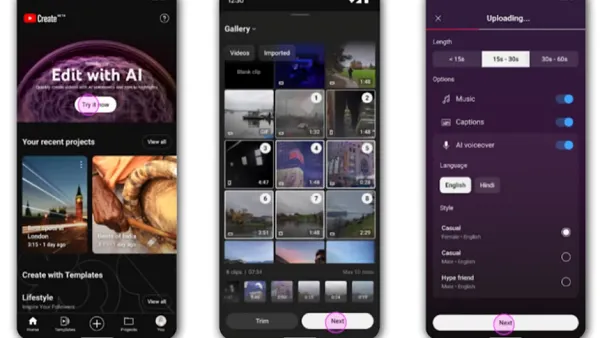AI-generated experiences are becoming a bigger part of our everyday lives, and providing more capacity to engage and interact with digital platforms, in often exciting and interesting ways.
Snapchat’s Lenses are one example of this, with Snapchat developing new AI-based formats for its interactive experiences, which are helping to grab attention, and boost interaction with brand content.
But how effective is this, and is it worth the additional investment in Lens development, even via AI, for such purpose?
In order to get a better understanding of the impact of the latest AI-based experiences in marketing, Snapchat recently partnered with eye square and PMG on a new study, which incorporates responses from over 14,800 respondents across 7 markets (Australia, Canada, France, Germany, Saudi Arabia, the U.K. and the U.S.).
And the data shows that AI is indeed having a major impact.
First off, the data shows that Gen AI video ads, and in particular Gen AI AR Lenses, drive significantly higher rates of audience engagement.
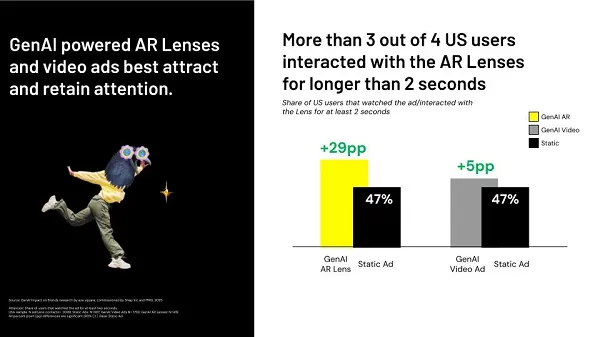
As you can see in these charts, Snapchat’s Gen AI experiences see significantly higher rates of user attention, with AI Lenses driving much higher interest.
Which is not a major revelation. Snap’s Lenses generally see more interest and engagement time, though the use of AI to create such does make them more widely available to more businesses.
Indeed, Snap has been working on various ways to make its Lenses more accessible through AI, and these results show that these systematically created Lenses are effective in grabbing attention.
What’s more, these AI-powered experiences drive greater brand favorability and purchase intent.
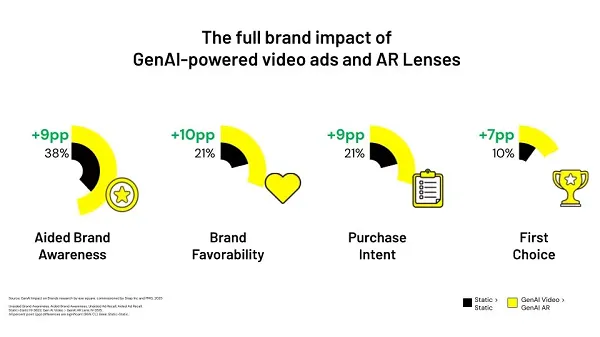
As per Snap:
“These formats also spurred curiosity and advocacy, with substantial increases in users wanting more product information, visiting the brand website, talking about the brand, and recommending the brand to others.”
So more attention, more engagement, and greater favorability, based on AI-generated Lens experiences.
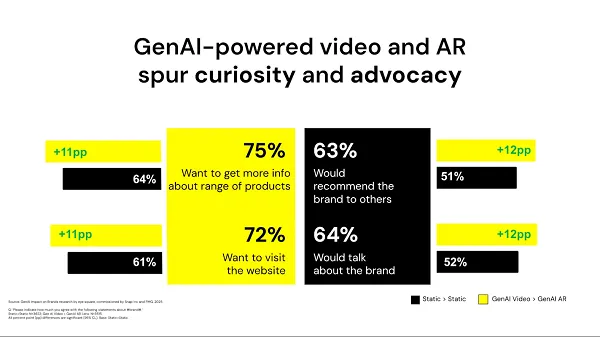
Though this may be the biggest revelation of the whole study:
“Consumers are significantly more likely to accept the use of AI in ads when it is transparently disclosed compared to when it is not. A large majority of social media users also believe GenAI content should be marked as such.”
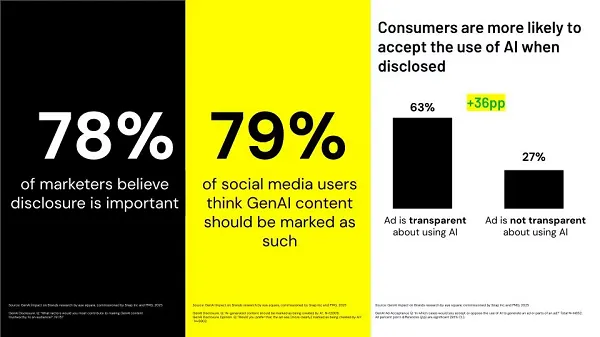
Consumers are more accepting of AI use when they’re informed about such up front, which reduces the feeling that the brand is trying to dupe them with AI-generated fakes.
The use of AI also relates to specific elements, which consumers are more or less accepting of:
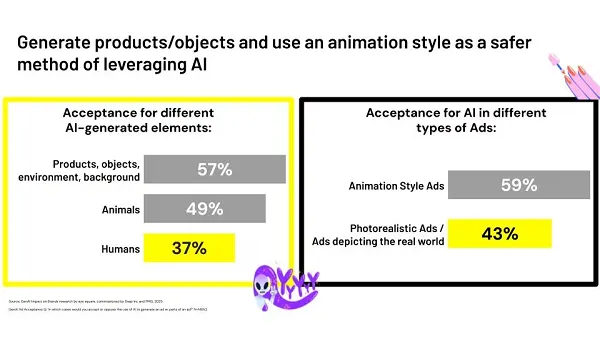
So people don’t like AI-generated humans in ads, or photo-realistic depictions via AI, which again relates to that feeling of being tricked by AI content, with a hyper-real, sometimes off-putting sense.
Yet, at the same time, in variance to AI creative, the data also shows that consumers enjoy personalized experiences, powered by AI.
So there is a general acceptance of AI elements, but people have concerns about creative uses of AI in some contexts.
Some valuable insights for your planning, which could help you map out more effective ways to incorporate AI into your social media marketing plan.
You can check out Snapchat’s full study, which includes a heap more AI usage insights, here.






